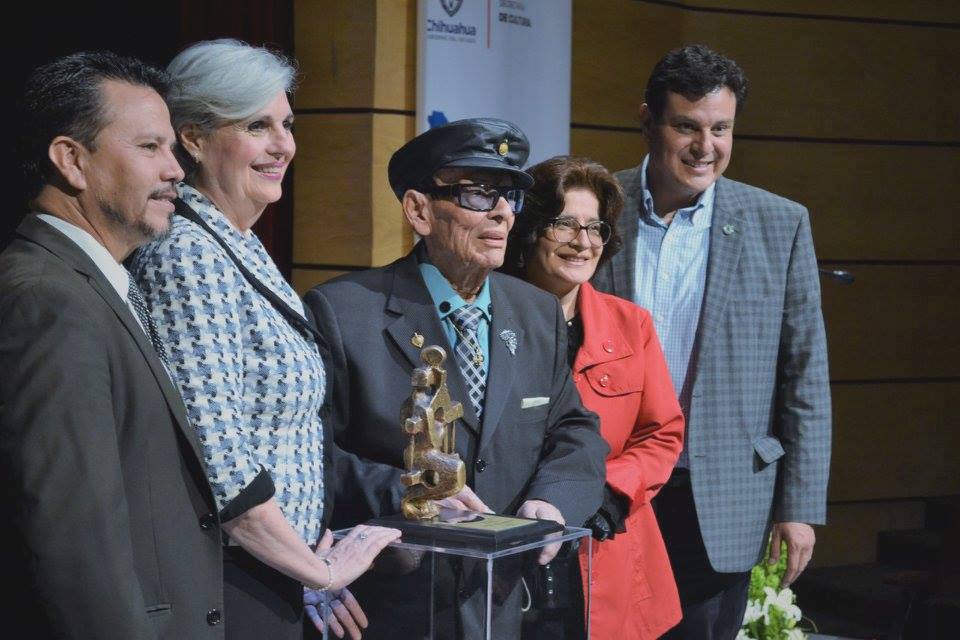
Does Mexican jazz exist? There are so many empty spaces in the history of this genre in our country that we just try to fill them with few pieces of literature and oral tradition. That is why I enjoyed so much the opportunity of visiting the master Tino Contreras, to know his sympathy and to be a first row listener of the highlights of his trajectory through the years and all around the world, thanks to his compositions and love for music. Let me share with you this lovely experience.

Mexico City, August 2018
-Tino, if you could travel through history and take any musician you want to build the best jazz band, who would you choose?
-There was a character who showed what means to suffer with jazz, what is to dream with jazz. What means to make shows for the people to enjoy, not only applaude. His name was Louis Armstrong. He had a friend… when I went to see him in the Paso, Texas, I was 16 year old and he drove me crazy! What a beautiful drum! Musicians still use the music of Gene Krupa: Drum Boogie!
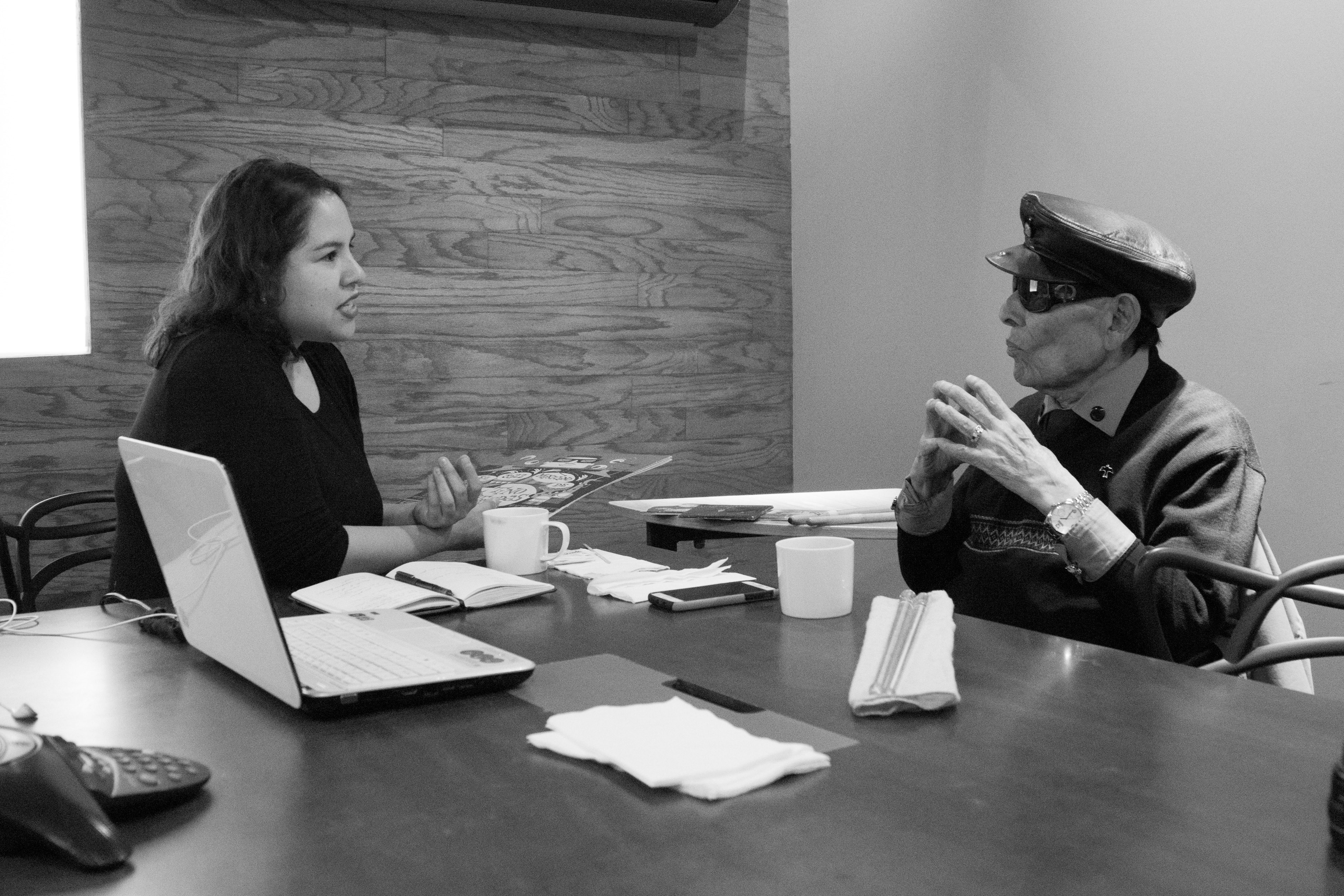
Another one of my heroes was Jo Jones, he played with Count Basie; and another drum player, the most rebel of all: Buddy Rich. I would keep those three, historically speaking. Years passed by and I had the honor to meet Gene Krupa, I loved him so much that we actually became great friends. I keep a sweet memory: a small cymbal he gave me as a gift. He came to present a show in Mexico. I was the little guy who used to go and see him, because everyone was hungry for tamales. After playing they used to say “where are the hot tamales?”. And I tooked them for eating tamales, that’s how I met some great musicians, as Dizzy Gillespie and Charlie Parker. There was a little guy also, he used to carry their instruments, he was their secretary. He was playing too much attention to what was happening in those days.

I am talking about the bebop era (Tino starts singing a scat of bebop). One day they said “he must grab the trumpet and pretend he is playing”, Miles took the trumpet and asked: “what should we play?”. “Bye Bye Black Bird”. After the solo, Parker knew that Miles could play and he kept him around. Another one of my giants was Miles Davis.
You learn by watching, even more by listening. Noise, noise, sound, sound. They were creating a beautiful thing: bebop. That was amazing, they sold records as maniacs. But they used to fight a lot, Dizzy and Parker… then they got back together.
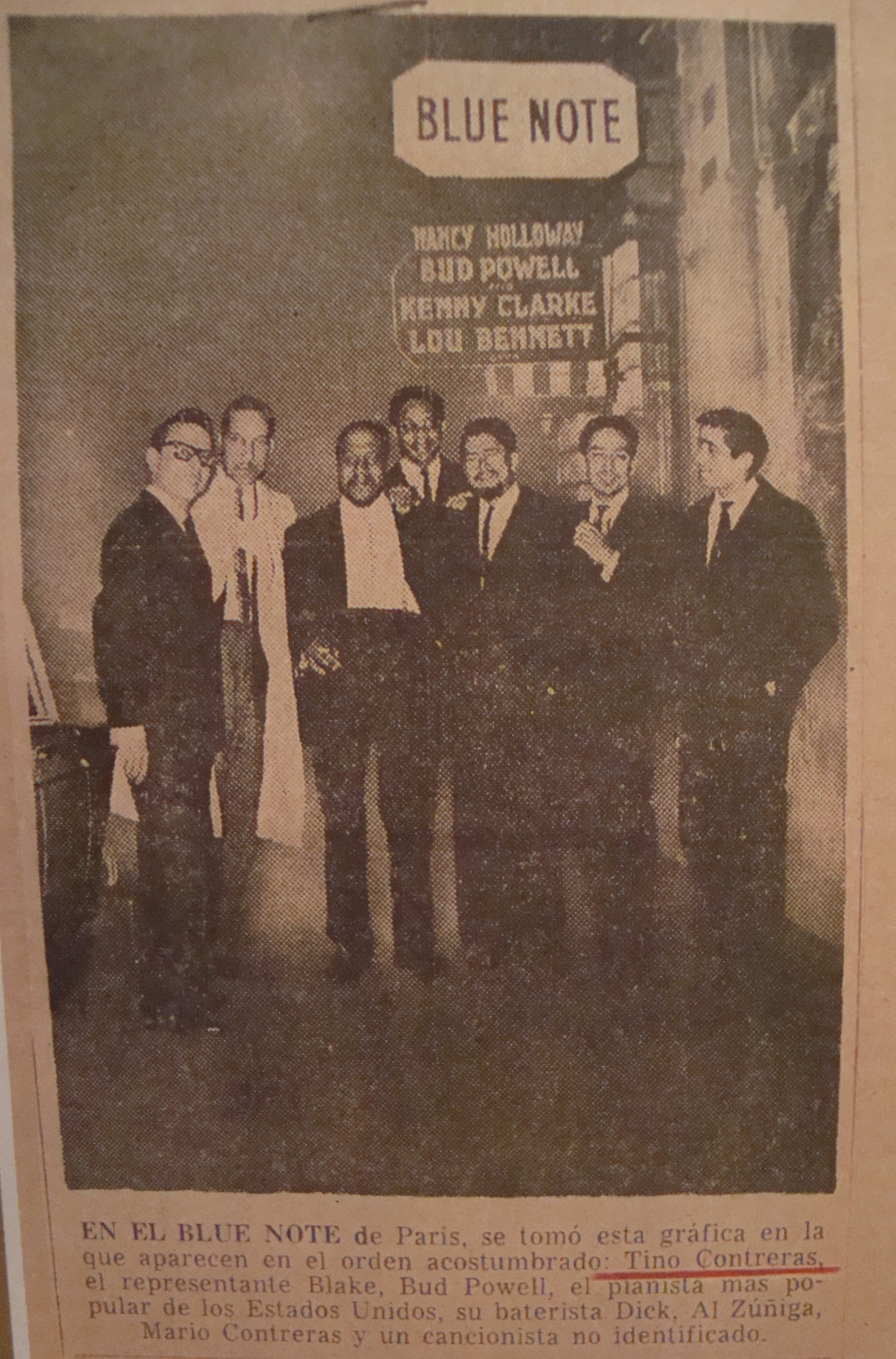
We all have a pattern in jazz, what we don’t have is Academy. I want to make one thing clear: jazz will never be possible to be learned in the academies, it is possible that the Academy learns from jazz. Improvisation is something that God gives you.
When Duke Ellington made his orchestra he didn’t want any musician to escape from him. It is a nice story because his musicians stayed always with him. He made the compositions, but he asked: “How does it sound to you?” And went on. He knew how to put ideas together.
I had the honour of listening the orchestra of Duke Ellington when I was very young. Also when I was not that young. Then we played in the same Festival of Indiana. Geen Lees came to me and told me: “I am listening to you, Tino Contreras, I want you to go to the Festival we have in Indiana, there is going to be Duke Ellington, Cannonball Adderley…”. All the big stars got together there. Do you think I was going to say no? He said: “you could take your trumpeter, the piano player, the bass player… we can’t pay for the tickets because we have everything fixed, but I want to take a Mexican with me, that Mexican has to be you; you have the school, you can’t fool me… everything you do, your drum mixes the nice part of the latin and the United States”. And that’s right, I took both of them and created that combination.
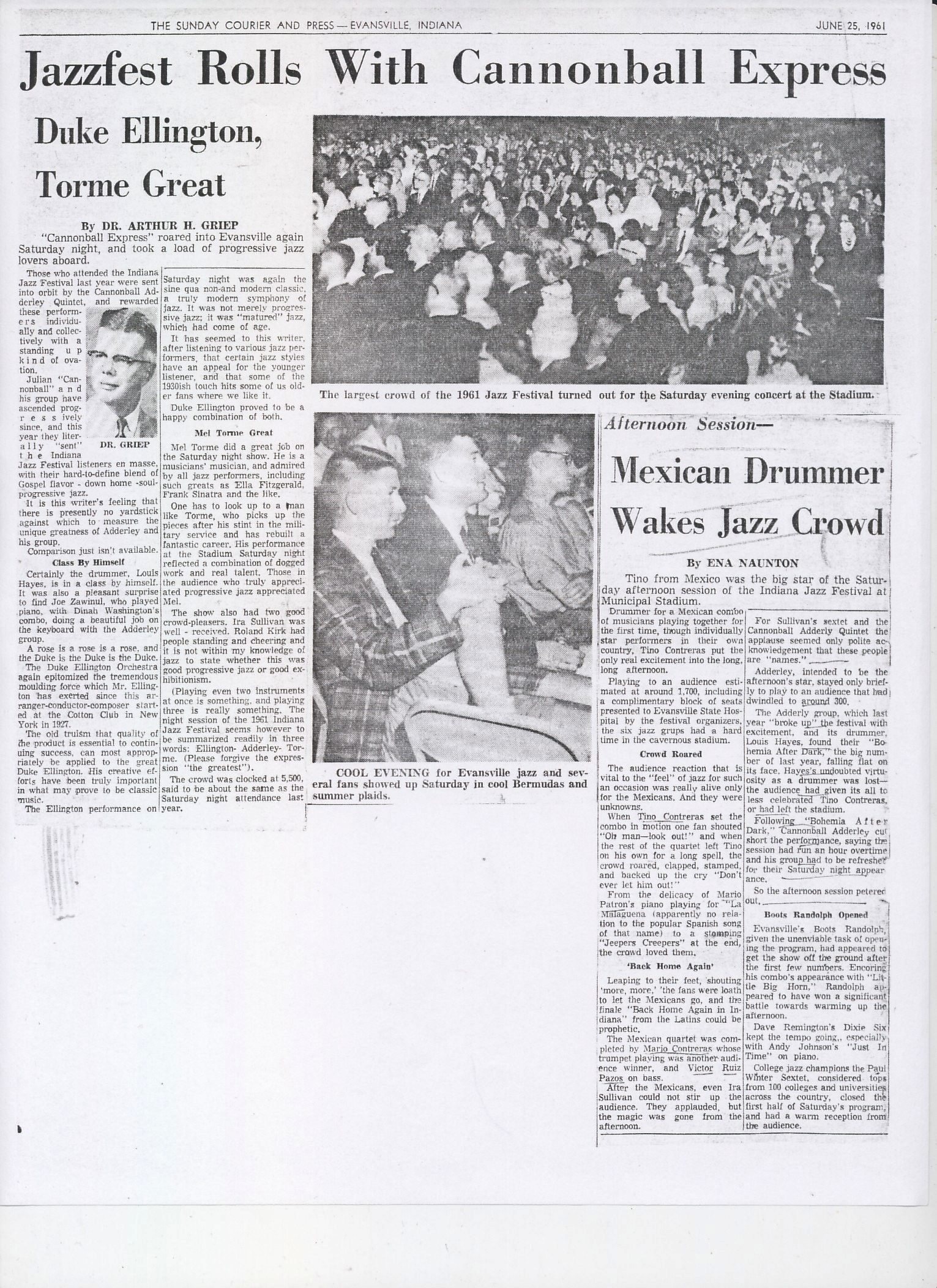
-How was your sound perceived? Considering that it was happening at the same time of the Big Band era.
-People knew more about me in Paris than here in my country. I was taking all the responsabilities of jazz, because I recorded the first jazz record made in the country: “Jazz en Riguz” (1959), under the label Musart.
I opened up a place with Max Cupper, he came from Detroit, Michigan. We met at Ciudad Juárez; he came with his trio playing beautiful jazz. We met and I came back here -to Mexico City- with the Orchestra of Luis Arcaraz, because they were looking for a drummer. The conductor of that orchestra used to make a big deal of his name, but the one who was working hard for it was the arranger, and the best tenor saxophone of Mexico: Héctor Hallal, we used to call him “El Árabe”. They used to call me Shelly, I wasn’t Tino Contreras yet.
They asked me: Shelly, would you like to play with the best jazz orchestra? We have a tour in Cuba, Venezuela, Panamá”. I never went out before, so I did it. But I had my orchestra in Ciudad Juárez, the casino, and the radio program in the XEJ, that’s where I met a guy who was called “La Chiva”, someone who we now know as “Tin Tan”. I created the music for some of his movies, some of them were very famous.
But the real joy was when I came back to Indiana. Gene Lees told me: “if you can’t pay for the trip of all your musicians, you should come alone”. But I thought it would be very interesting to present all my band: there was a petit guy: Mario Patrón; one of my brothers who played the trumper, Mario Contreras, and a bass player Víctor Ruiz Pasos. But we didn’t have money. Mario used to date a rock player who was selling a lot of records and gave him the ticket. The bass player got his ticket thanks to Toña la Negra, who recorded a song I wrote the music for: “Aunque pasen mil años”, which is still popular in Europe. I bought the tickets for my brother and me.
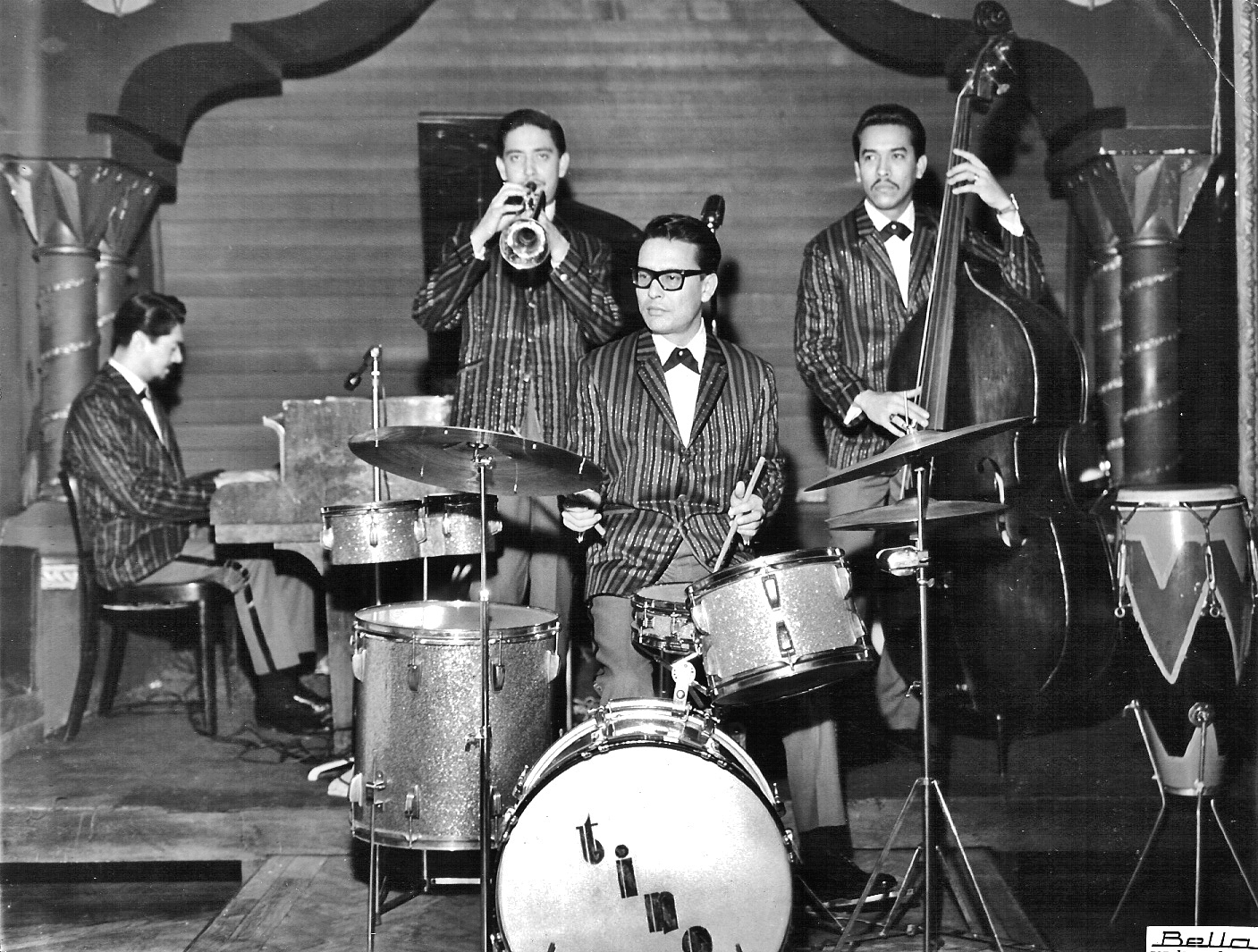
Before us, Duke Ellinton played with his band. We had a bad time because Geen Lees said: “just play for 15 minutes, please. After you comes Cannonball Adderley”, who was the sensation. But I only needed 5 minutes… I don’t think we deserved more until that moment. That was when we had the opportunity to show ourselves… or to get kicked our, what ever comes. So there we were: “Get up, Mexican!”. By the way, when I was getting up the stage, Duke Ellington grabbed my arm and said “we are very short”. He gave me the stair to climb up. At the stage was Louis Hayes, the drums player number one in the US. He was very kind to me, he said: “I will fix your distances”, because he was a big guy of 500 meters and my distance was different. “Do you like the tuning or should I change it?”. “No, I can fix it, but it is already excellent” -said Tino back-. And he was glad about it. When everything was in its right place, well… we started, we felt nervous… “raaaam, tum, tum tum tum tum tum tum… (scat)”. Everybody started saying: Wonderful! Marvelous! We had the most popular crew there. They didn’t let us finish. At the third song I started a solo and told myself “Tino, you better take your time, you are not going down”. It was lovely, I played some latin beats, my stuff! Because I learned from the drummers of Cuba, from the black guys of New York and I had my own sound.
At the end, the Festival let us stay more time, until the audience got tired. It was beautiful.
That night we had a Jam Session. A lady came close and told me: “Mr. Contreras, my husband wants to play with you right now”. He was Roland Kirk. She took my arm and said: “My husband wants to talk to you about business. I have a tour in Germany next week”. I thought I had a lot of compromises so I told him “we could do it in the future”. But he insisted: “This is your opportunity, I want it to be you”. He was blind.
Mexico has a beautiful story, but only few of us have done it.
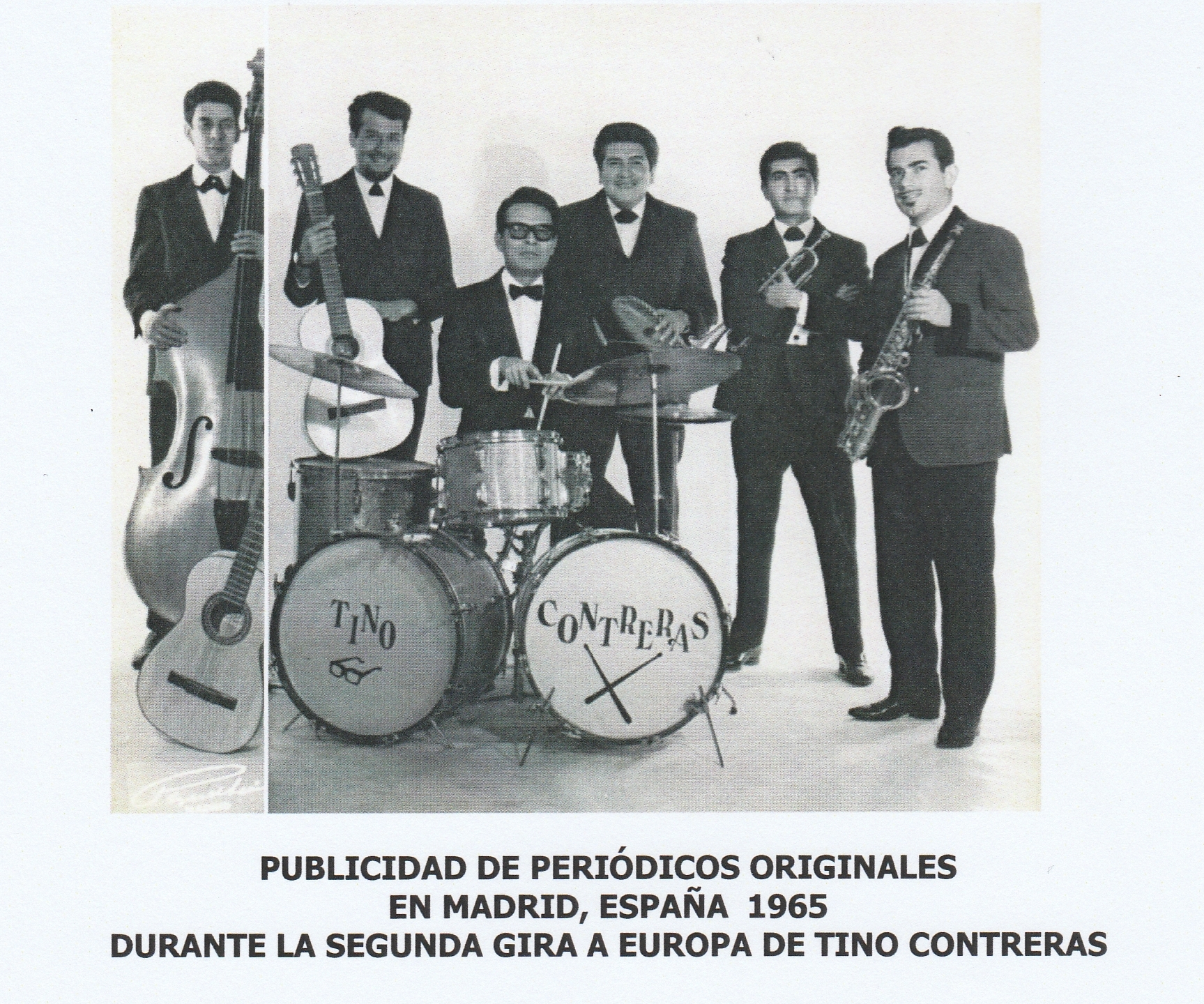
-You are from Chihuahua. Jazz has a complicated history in Mexico. How did you discover the jazz universe?
My mom was very pretty, her name was Leandra, she used to sing opera. She was inlove with a guy who actually went to the US to buy a wedding dress for her. But when he came bak, my mother had already taken my father as her husband. He was good looking, he already played those songs… “All of Me” (scat). My older brother, Efrén Contreras, was a musician too. We used to carry the drums and install it for my father to play. We used to hide and listen everything he played. We listened to powerful songs as “I’ve Got You Under My Skin”… which became popular thanks to Frank Sinatra. There were also songs with interesting rhythms, such as The Big Apple.
I was born to play jazz. Art has nothing to do with a profession. With art you are always flying, you are like a bird in the sky. I tell you this because I had a profession. I learned to cut clothes because my mother did it, my dad had a tailoring shop. He used to make the clothes of his band. I learned to play by watching my dad. My uncle Fortino Contreras was a composer. In music, if you stop playing for four or five days you don’t feel the same, you have to do it everyday.
Back in the days there was no audience for jazz. There were not musicians for jazz. There was no love, no respect. My father, Miguel Contreras, was already playing New Orleans jazz style, he had his band “La OK Jazz Band”. There was a guy who came from Cuba, his last name was Novo, he had jazz with him. What happened was that I went from Chihuahua to Ciudad Juárez, with them, and there were better musicians.
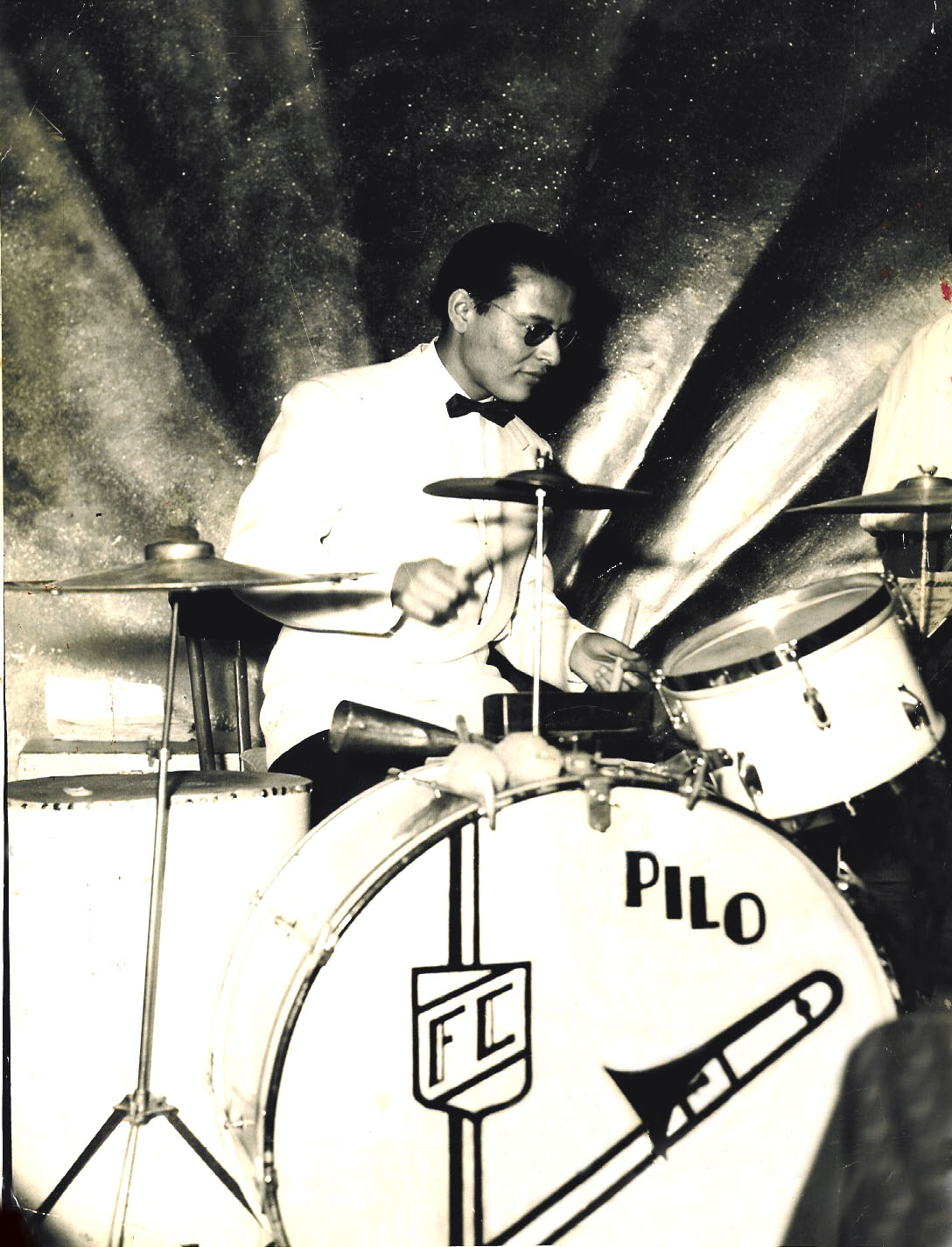
I used to attend Liberty Hall, in El Paso, Texas: “Taaaan, vida vida vida bi du bu” (scat from “A Train”). At the next week: Count Basie! And Count Basie was exquisite. He had Jo Jones in the drums. He had a crazy man who used to play the double bass, who moved all the band. There were singers, but there was the craziest: Ella Fitzgerald! There was a madness on the streets. Oh, did she sing! There was also an alto saxophone, whose name was Johnny Hodges… toro riiii raaa (scat) I remember very well every introduction to present the bands, something that I had to do when we opened up the Riguz, which is the first jazz place in Mexico, with the seriousness and love for music, because I had been in the greatest orchestras, like the one of Luis Arcaraz, which I named: “The fourth orchestra in the world”, and that’s what we were.
There was a very nice movement around the musicians who wanted to get independence. They used to go and play with us at the Riguz: Mario Patrón, Pablito Jaimes, etc.; those were guys who played with Luis Arcaraz. When the less we thought about it, there was the first national jazz festival in Mexico, in 1959, created by “the Mexican jazz martyr”, whose name was José Luis Durán, a journalist and director from Cine Mundial. He fell in love with our organization.
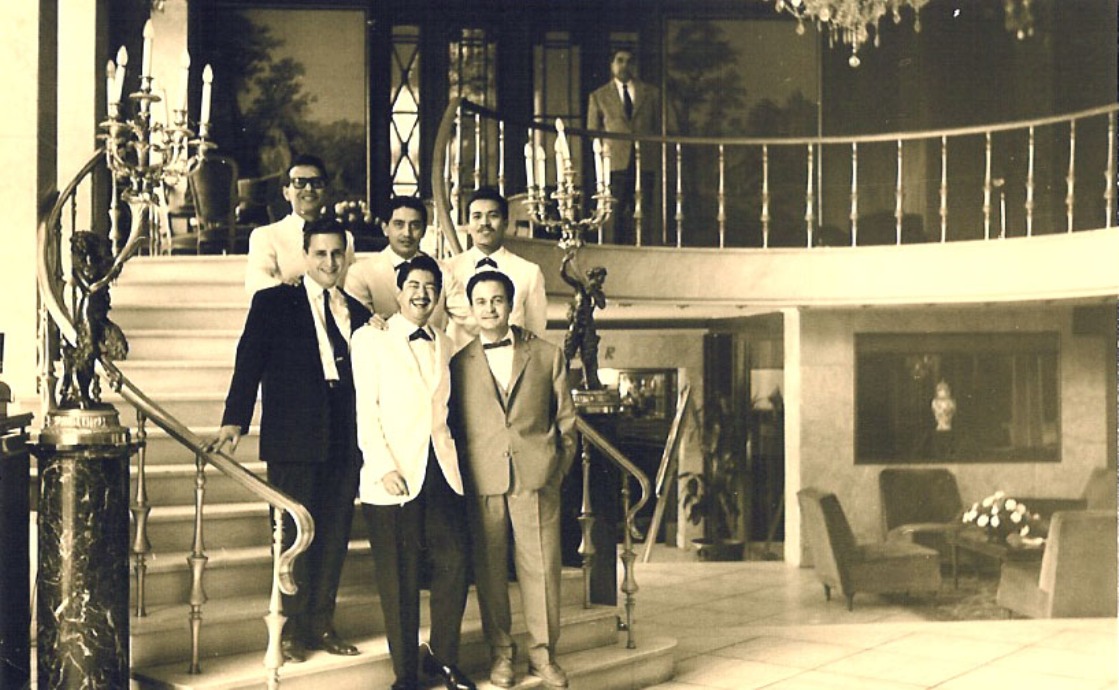
We did get the the entrance cover in the Riguz. “you retrieve for what you sell, 50% is for you and 50% for us. If people comes, we get the money, if there is no people we don’t’”. Tell me: does music today act with that kind of love? No, it does not. Everyone wants money. If you want to make it in jazz, you have to make a name, you must give everything, because they did it too on a base of suffering, that is why they played so beautiful.
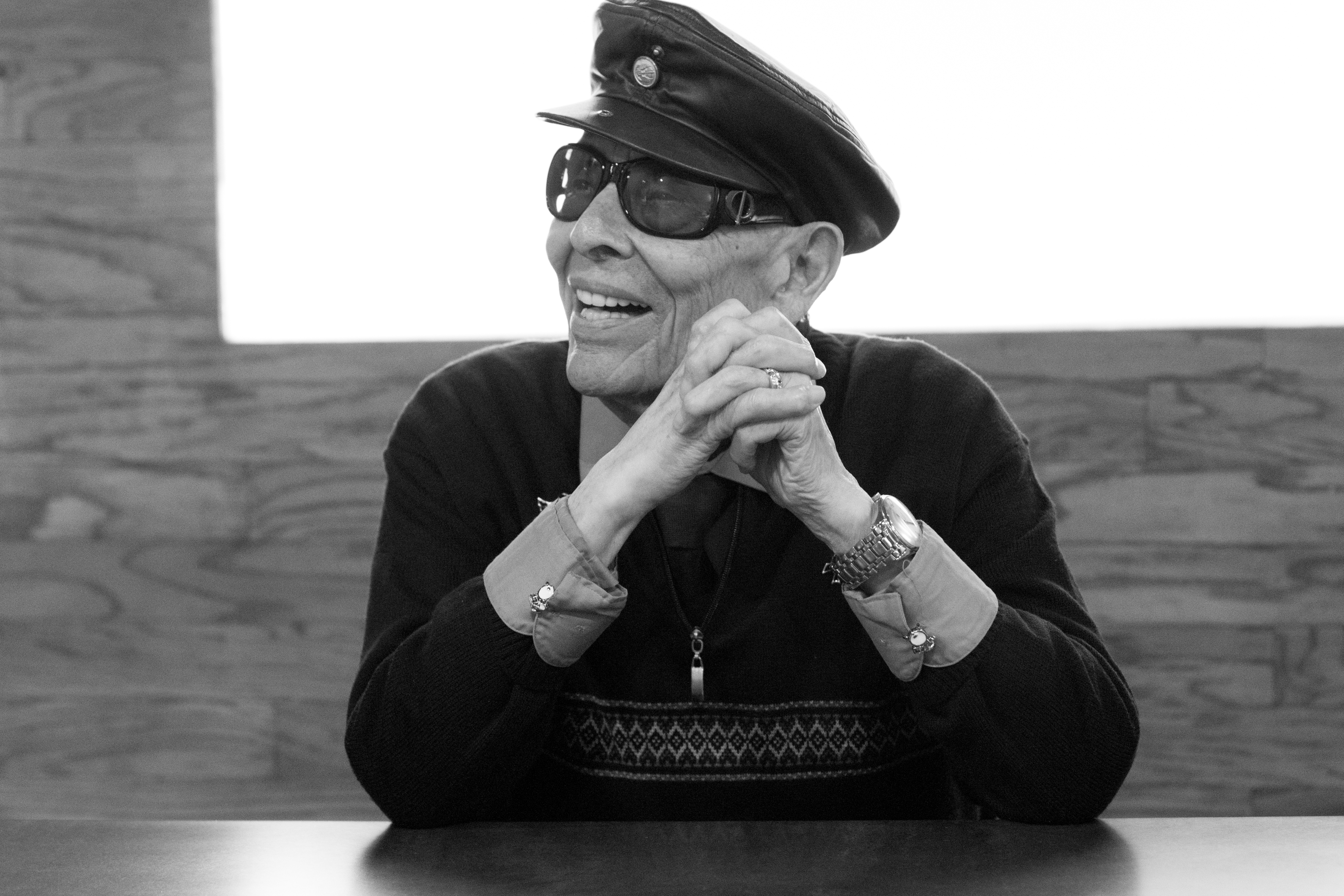
-That’s amazing.
-That’s right. It happened because Geen Lees came and saw a drummer who made him feel. We were playing! As Max Cupper used to say: Tino, do not go to “La casa de la bandida”, which was a prostitutes house in those days. But we all used to go because all recorded music happened just because two or three señores that where usally there at “La casa de la bandida”. We didn’t go because of the girls, but also because every journalist was there. So when jazz arrived, we had to go there. Then I went back home at 6 and we used to rehearse at 3.
Now I have over 50 albums recorded around the world. Gerals Short sayed it: “Tino Contreras is the biggest secret of the music in Mexico”. You know why? Because if you don’t give yourself you can’t be a jazz player. You can’t just think “I will buy me the best cars”. You have to act for my Mexico. And then Mexico goes to France, then to Greece, then Turkey. There were Paul Desmond and Dave Brubeck… Take Five has a Turkish rhythm. Mexico is programed for those ethical and esthetical changes.
You have to be a composer. Everything that I brought from my journeys, it was because I had the chance to meet Turkish, Greek, French, Spanish, Argentinian and Brazilian musicians over the deep and wide world. I was the one with the beat, because I play the drums… I also play the piano, the trumpet, I sing and I am a composer. It was all Tino Contreras.

-Why did they call you Shelly?
-Because there was a big jazz drummer in the US, whose name was Shelly Manne.
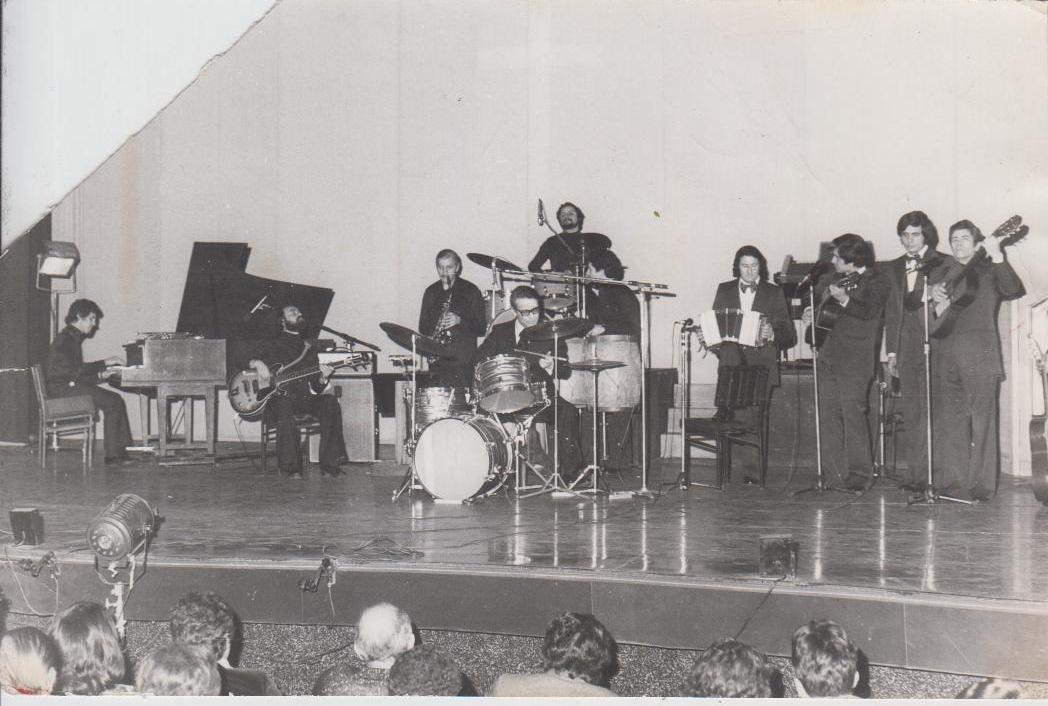
-What do you think about this idea: “there is no Mexican jazz, but Mexican musicians who play jazz”?
-That is true, but remember that there are exceptions everywhere: the works that I recorded all over the world.
Here in Mexico we have a lovely folklore. It is precise in time and its songs are very pretty, sad and beautiful. Some of them elevate you and others shatter your soul. The Mexican is so romantic that he can make a song out of a painted stick… why would you do that, idiot? This is how you laugh about yourself.
Everything I listened in the Tarahumara mountains, or the high classes of Chihuahua, its in my compositions. In Paris, Atenas, everywhere I play, the flavor is Mexican. I play different to anybody else, I am Mexican but I have the beat of the black guy from US, of the white from US, and I have the beat of the Germans. To me it was easy to play with all combinations because I have them inside.

If you are the one carrying with the artistic and economic responsibility, taking the pride or the tragedy that your music could be liked or not… When Sophia Loren heard: Sophia Loren (Tino starts making a rhythm in the table), or Brigitte Bardot… those were a success. I won a lot of money in France. I saw a French girl walking and it hit me “caminando por los Les Champs-Élysées…” (and he sang the rest of the song), it became a popular so they paid me even more. I had things that I never got in Mexico. But, you know why? To capture a person, the beat… I had something. That is why the music I made for Tin Tan movies was a success.
Every creator is always going to find ad hoc people who will help him see what is right, but also the mistakes.
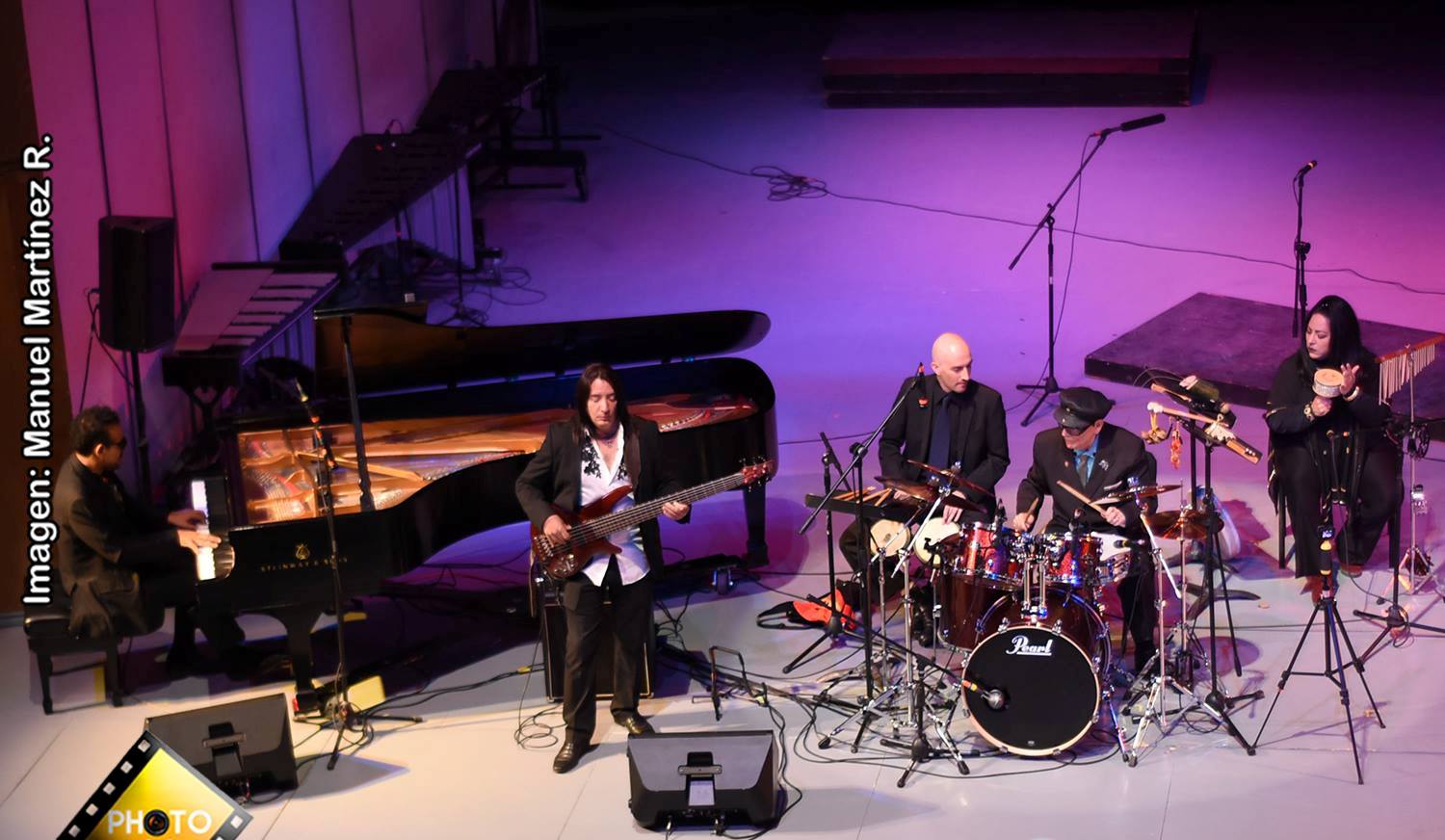
Highlights
It is important to recognize that the first registered evidences of a jazz projection to the masses where Tino’s compositions and interpretations for movies, such as “TinTanSón Crusoe”, “Los Campeones Justicieros”, “Vuelven los Campeones Justicieros”, “Capitán Mantarraya”, and “Mil Máscaras”.
We owe him some of the first strokes of jazz in Mexico; as well as the name of our country in albums recorded in France, Germany, the US, Argentina and England, from 1952 until now. Maybe by listening to his records we will find many surprises, and the possible answer to the big question: does Mexican jazz exist?
